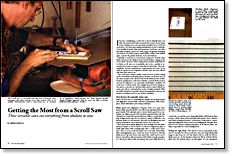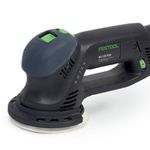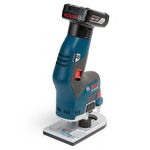Getting the Most from a Scroll Saw
These versatile saws cut everything from abalone to zinc
Synopsis: A scroll saw is good for a lot more than making knickknacks for the county fair. Spider Johnson uses his to cut a wide range of materials. He explains what a scroll saw is and details five factors for making smooth, clean cuts. He also includes a detailed blade selection guide.
If you’re considering a scroll saw or if you already have one that sits unused and dust-covered in the corner of your shop, you’re missing out on an extremely versatile tool. A scroll saw is good for a lot more than making knickknacks for the county fair. It can handle fretwork, inlay and marquetry. Scroll saws cut a fine kerf with excellent control in a wide range of materials including wood (up to 2 in. thick), paper, metal, plastic, rubber, wax, leather, glass, ceramic tile, plastic laminate, bone and abalone.
Basically, a scroll saw is a motorized coping saw. It holds a fine blade and moves the blade in short vertical strokes, cutting on the down stroke. Because of this cutting action and the small teeth on its blade, scroll saws are remarkably safe tools, a quality to remember if you have young woodworkers in the house. The tool’s simplicity, modest maintenance requirements and ease of use make it a great tool for beginners. And the saws are more affordable than they used to be.
The scroll saw’s unique quality comes from its vertical cutting motion and blade tensioning system. Modern scroll saws are not the same animal as the old saws that broke blades by the boxful. Modern parallel-arm scroll saws maintain constant blade tension and can be adjusted to use extremely small blades—qualities old scroll saws couldn’t match. The straight up-and-down cutting action leaves a smooth cut. And the blade-speed control offered on some saws allows extremely fine work on fragile materials. With just a little attention to machine and stock preparation, anyone can produce excellent work on one of these machines.
Five factors for smooth, clean cuts
There are five keys to controlling the quality of cut: blade speed and alignment, proper blade selection, preparation of the workpiece, blade lubrication and cutting technique.
Blade speed and alignment—Despite what you may have heard, blade speed by itself is one of the least important factors for good results. Soft materials need a slower blade speed for a controlled cut. Higher speeds will cut harder materials faster. My rule of thumb is to match the speed with your ability to control the cutting. A high-speed-only saw, for instance, makes it difficult to cut intricate shapes in soft materials. But with a well-aligned saw and proper preparation, most materials can be cut on any saw.
From Fine Woodworking #111
For the full article, download the PDF below:
Fine Woodworking Recommended Products

Festool Rotex FEQ-Plus Random Orbital Sander

Bosch 12V Trim Router

Craftsman Random Orbit Sander






















Log in or create an account to post a comment.
Sign up Log in